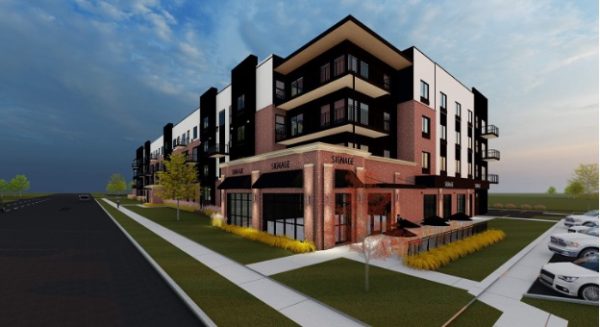Fundraising gala won’t be a ‘waste’
September 30, 2009
Billie Jo Kubat
The carbon footprint of humanity gets larger with each passing day, so it’s not surprising that around the world people are taking steps to reduce their impact by “going green.”
In tune with these global concerns, SDSU students, faculty and staff are taking action on several fronts to increase its sustainability.
One such group, the Design and Visual Arts Group, Inc., will host a zero-waste event on Oct. 3 in the Performing Arts Center as part of its annual fundraiser gala.
“Everything used at the event is reusable, recyclable or compostable, to reduce as much waste as possible,” said Jane Hegland, interim assistant dean at the College of Education and Human Sciences.
Many of the products to be used at the event are made of recyclable paper or linen napkins, in an effort to make the event less wasteful. Even the printed material was done in a font designed to use less ink, she said.
“Landfills take tons and tons of garbage a day, this can help make us green, earth friendly,” said Jennifer Bosch, a junior animal science and pre-veterinary medicine major. “[The event] sounds amazing.”
Aramark will also participate in the event through catering.
“There will be action stations up, where the food will be made as people approach so that waste from this event can be reduced further,” said Grant Merrill, catering director for Aramark.
The catering company is trying to buy most of the materials for the event from local producers. All leftovers and unused food will be composted, said Merrill.
“It’s kind of cool. I enjoy the challenge of the event. ? The end product will be successful,” said Merrill.
But SDSU’s drive to “go green” does not stop there. Recycling programs have sprung up in The Union, NFA and residence halls.
Meanwhile, a committee on environmental stewardship and sensibility will soon be formed, President David Chicoine announced at the Sept. 14 Students’ Association meeting.
The university is also working towards becoming a pedestrian campus, said Hegland.
A pedestrian campus promotes walking and biking rather than having parking lots inside campus.
Other efforts towards sustainability can already be seen around campus. SDSU has added new features to several buildings to help conserve energy. There are sensors in some public bathrooms, such as the ones in The Union. When people are not using the public facilities, the lights will switch off.
In addition, lights used in the light fixtures are now all florescent, said Hegland.
For its part, Aramark is selling reusable to-go containers and cups that only need to be washed. Last year, Aramark sold reusable grocery bags.
“SDSU is doing some things but can do a lot more to move in the green direction,” said Hegland.
#1.881432:1098701706.jpg:can1.jpg:A pile of aluminum cans awaits recycling. Aluminum, one of the most widely recycled materials, can be recycled with only five percent of the energy input required for production of new aluminum.:Katie Jones#1.881431:3783692044.jpg:Recycling.KJ.CMYK.jpg:Through “green” efforts, groups around campus are trying to reduce the amount of garbage going into the Brookings landfill, shown here.:Katie Jones




















